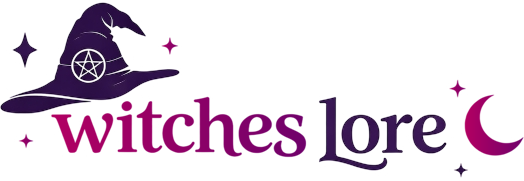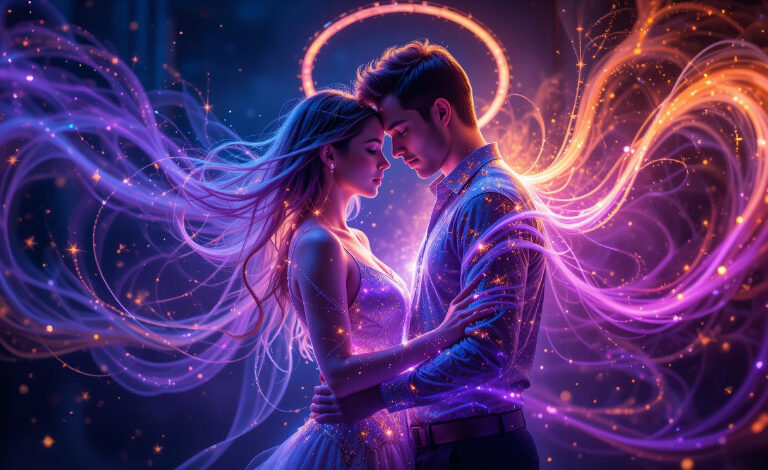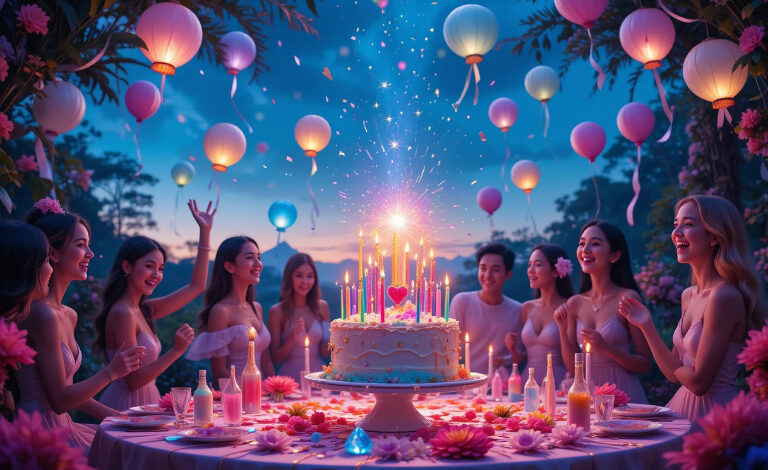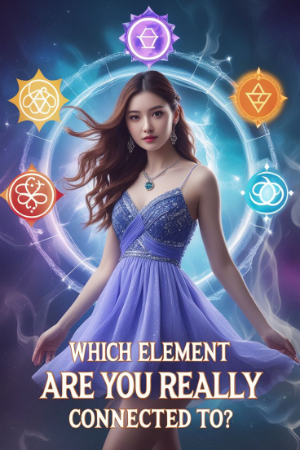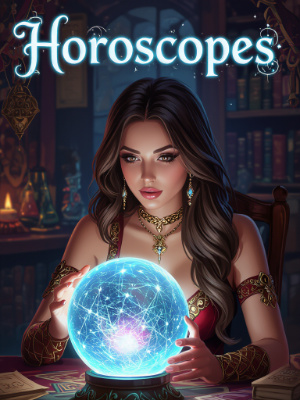
You know that magnetic pull toward someone who isn’t good for you? That inexplicable “can’t look away” feeling that leaves you both exhilarated and exhausted? That’s toxic attraction in action. It’s the kind of connection that seems thrilling at first, like a spark lighting up a dark room, but slowly leaves you questioning yourself and your choices. And here’s the thing—this isn’t just coincidence. Our minds, hearts, and sometimes even our past energies are wired to draw us to certain people, even if they’re not what’s best for us.
Toxic attraction often feels like a mystery—why would we chase someone who hurts us, or stay when we’re clearly unhappy? Part of the answer lies in patterns we carry from past experiences, family dynamics, or even past lives. Our subconscious is a cunning little magician, subtly nudging us toward scenarios that feel familiar, even if they aren’t healthy. It’s like we’re drawn to a story we know, even if we’re the ones suffering the plot twists.
Another layer is the thrill of contrast—the way “bad” partners can feel exciting, unpredictable, or intoxicating. That rush of adrenaline and emotional intensity tricks us into mistaking chaos for passion. It’s easy to confuse drama with desire or unpredictability with destiny. And while we may think we can “change” someone or heal them with our love, that’s rarely the reality. Toxic attraction thrives on imbalance, and it’s often fueled by our own deep-seated fears and unmet needs.
But here’s the good news: understanding why we’re drawn to toxic relationships is the first step toward breaking the cycle. It doesn’t mean you’re weak or unlucky—it means you’re human, with a heart that’s trying to make sense of connection, love, and intimacy. By shining a little light on these patterns, we can start choosing partners who uplift us, rather than deplete us. And that kind of self-awareness is pure magic.
The Pull of Familiar Pain

Many of us unknowingly seek out partners who replicate familiar dynamics from childhood. Maybe your parents argued loudly and unpredictably, or love was conditional and distant. These experiences create a blueprint in our subconscious, shaping what feels “normal” in relationships. When someone mirrors those dynamics, even if it hurts, it triggers a strange sense of comfort—a recognition of patterns we’ve known forever.
It’s not just about replicating pain; it’s also about attempting to rewrite it. Some people unconsciously hope that by loving a “bad” partner differently than their caregivers loved them, they can heal old wounds. It’s a noble intention, but in practice, it often leads to cycles of disappointment. When the partner doesn’t change, our hopes clash with reality, reinforcing patterns of frustration and self-doubt.
Interestingly, these dynamics can also appear in friendships or professional relationships, not just romantic ones. Anywhere there’s a pattern of emotional intensity or imbalance, our old blueprints tend to show up. Recognizing these subconscious pull factors is the first step in freeing ourselves from repeating history.
The Chemistry of Chaos
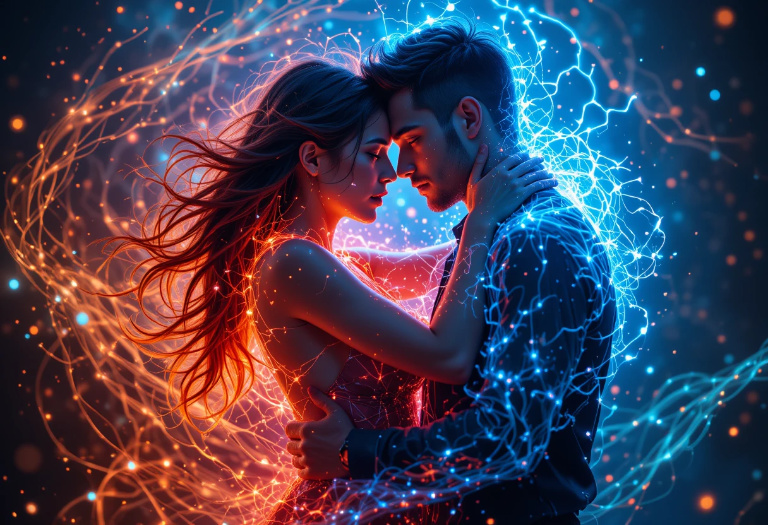
Toxic attraction often has a chemical component that makes it feel impossible to resist. The rollercoaster of highs and lows triggers dopamine surges, the same chemical that floods our brains during exciting, pleasurable experiences. This is why breakups with toxic partners feel like withdrawal—your brain craves the emotional spikes even if they’re harmful.
Fear, uncertainty, and unpredictability can also amplify desire. When someone is emotionally unavailable, distant, or inconsistent, it paradoxically makes them more alluring. This “chase” dynamic can activate our primal instincts for connection, making even fleeting moments of intimacy feel intensely rewarding.
It’s easy to mistake these chemical reactions for true love. We might convince ourselves that the intensity equals passion or destiny, when in reality, it’s just our bodies reacting to stress and excitement. Understanding this allows us to distinguish between authentic connection and addictive patterns that keep us tied to the wrong people.
Self-Worth and Boundaries

Another reason we fall into toxic attraction is rooted in self-worth. When we doubt our own value, we may unconsciously believe we don’t deserve a healthy, loving partner. This can make us settle for relationships that are emotionally unsafe or downright damaging. On the flip side, recognizing our worth and cultivating self-love can shift the magnetic pull. Suddenly, the people who were once irresistible may no longer feel necessary to our journey.
Boundaries are crucial in breaking toxic cycles. Saying no, walking away, or refusing to engage with manipulative behavior can feel radical if you’re used to giving everything for love. But healthy relationships thrive on mutual respect and emotional safety. By honoring ourselves, we start to attract partners who mirror that respect and care.
Self-reflection, journaling, and even magical practices like visualization or energy clearing can support this process. The more we align with our true value, the less likely we are to be drawn into destructive dynamics. Healing old wounds, understanding our triggers, and strengthening our emotional boundaries creates space for a love that is balanced, nourishing, and real.
Why We Stay in Toxic Relationships

Even when we recognize toxicity, leaving is rarely easy. Emotional attachment, fear of being alone, or hope for change can all hold us in place. Sometimes, it’s about inertia—we’ve invested time and energy, and walking away feels like admitting failure. Other times, it’s because our partner activates deep emotional needs, making it hard to disentangle feelings from reality.
Toxic relationships also teach us important lessons, often the hard way. They highlight areas where we need growth, reveal our insecurities, and clarify what we truly value. While painful, these experiences can become catalysts for transformation, helping us break patterns and step into healthier connections in the future.
Forgiveness—both of ourselves and others—plays a vital role. Understanding why we were drawn in, and acknowledging the lessons learned, allows us to release resentment and guilt. Over time, we cultivate the wisdom to recognize red flags earlier and make choices that serve our highest good.
Breaking the Cycle

Breaking free from toxic attraction requires a combination of awareness, intention, and self-compassion. It starts with noticing patterns, understanding triggers, and acknowledging our own contributions to the dynamic. Awareness alone doesn’t heal—it’s the first spark, the tiny flicker of light that shows there’s a way out.
From there, boundaries become essential. Clear communication, saying no without guilt, and stepping away from harmful situations are powerful acts of self-respect. Equally important is cultivating self-love through practices that nourish your spirit—whether it’s meditation, journaling, energy work, or spending time in nature. These practices recalibrate your energy, helping you magnetize partners who are supportive, kind, and emotionally available.
Forgiveness and release are the final pieces of the puzzle. Letting go of resentment toward past partners or even ourselves frees up space for healthier connections. When we release old patterns, we create room for love that is balanced, gentle, and reciprocal. Toxic attraction can feel like a spell at first, but with insight, intention, and care, it’s a spell we can lift.
Embrace the Magic of Healthy Love

The pull of toxic attraction is powerful, but it doesn’t define your journey. By understanding your patterns, strengthening your boundaries, and nurturing self-love, you reclaim the magic of your heart. Every misstep, every heartbreak, is a guidepost pointing you toward the kind of connection that nourishes your soul rather than depletes it.
Healthy love isn’t boring—it’s vibrant, alive, and sustaining. It feels like a safe harbor, a place where your energy is honored and your spirit can flourish. By breaking free from old cycles and honoring your worth, you open the door to relationships that feel magical in the truest sense—supportive, deep, and transformative.
